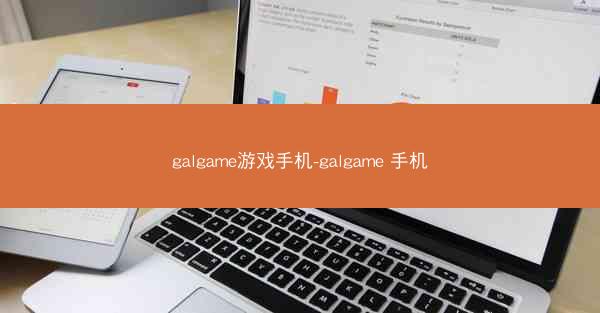delivering英文版-delivering lesson
 telegram中文版
telegram中文版
硬件:Windows系统 版本:11.1.1.22 大小:9.75MB 语言:简体中文 评分: 发布:2020-02-05 更新:2024-11-08 厂商:纸飞机中文版
 telegram安卓版
telegram安卓版
硬件:安卓系统 版本:122.0.3.464 大小:187.94MB 厂商:telegram 发布:2022-03-29 更新:2024-10-30
 telegram ios苹果版
telegram ios苹果版
硬件:苹果系统 版本:130.0.6723.37 大小:207.1 MB 厂商:Google LLC 发布:2020-04-03 更新:2024-06-12
跳转至官网

Introduction to Delivering Lessons
In the realm of education, delivering lessons effectively is a critical skill for educators at all levels. Whether you are a teacher, trainer, or presenter, the way you deliver your content can significantly impact the learning experience of your audience. This article explores various aspects of delivering lessons, from preparation to engagement and assessment.
Understanding Your Audience
Before you begin delivering a lesson, it is essential to understand your audience. Consider their prior knowledge, learning styles, and expectations. This knowledge will help you tailor your content and delivery methods to meet their needs. Engaging with your audience from the outset can set the tone for a successful lesson.
Preparation is Key
A well-prepared lesson is more likely to be engaging and effective. Start by outlining your objectives and key points. Research your material thoroughly to ensure accuracy and relevance. Organize your content in a logical flow, and create visual aids or handouts if necessary. Being prepared will help you maintain confidence and control during the delivery.
Engaging the Audience
Engagement is a cornerstone of effective lesson delivery. Use a variety of teaching methods to keep your audience interested. Incorporate interactive elements such as discussions, group activities, and real-world examples. Encourage questions and feedback, and be responsive to the needs of your learners. Remember, the more engaged your audience is, the more likely they are to retain the information.
Using Visual Aids and Technology
Visual aids and technology can enhance the delivery of your lesson. Slides, videos, and interactive tools can make complex concepts more accessible and memorable. However, use these tools judiciously to avoid overwhelming your audience. Ensure that your technology is functioning properly before the lesson begins to avoid any technical difficulties.
Body Language and Non-Verbal Communication
Your body language and non-verbal cues can significantly impact how your message is received. Maintain good posture, make eye contact, and use gestures to emphasize key points. A confident and animated delivery can help keep your audience engaged and make your lesson more dynamic.
Managing Time and Pace
Time management is crucial when delivering a lesson. Ensure that you allocate sufficient time for each section of your lesson plan. Be mindful of the pace at which you speak; too fast can be overwhelming, while too slow can lead to disengagement. Keep an eye on the clock and be prepared to adapt your lesson as needed.
Assessment and Feedback
Assessment is an integral part of delivering a lesson. Use quizzes, discussions, or practical exercises to gauge your audience's understanding. Provide constructive feedback to reinforce learning and address any misconceptions. Assessing your audience's progress will help you adjust your teaching methods accordingly.
Reflecting and Improving
After delivering a lesson, take the time to reflect on what worked well and what could be improved. Seek feedback from your audience to gain insights into their learning experience. Use this feedback to refine your teaching techniques and content for future lessons. Continuous improvement is key to becoming an effective educator.
Conclusion
Delivering lessons effectively requires a combination of preparation, engagement, and adaptability. By understanding your audience, preparing thoroughly, and using a variety of teaching methods, you can create a positive and memorable learning experience. Remember to reflect and improve with each lesson to enhance your skills as an educator.












